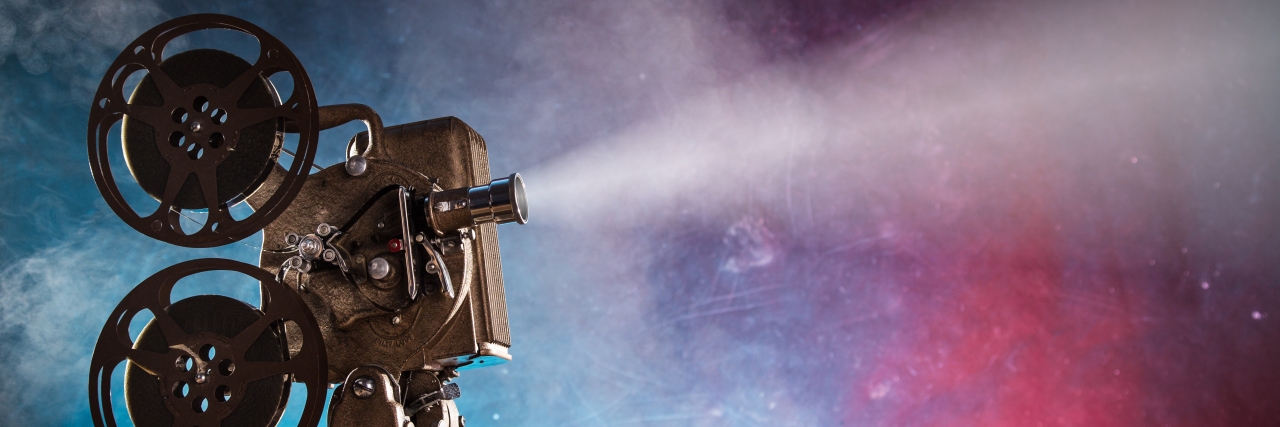I’ve noticed there’s a massive disconnect between the attention and promises from political and social leaders, and the reality of the systemic issues facing people with disabilities. In broad strokes we can identify the problems, where they come from, and how to fix them — in theory. Yet it’s not unfair to say that practically nothing gets done. I think this speaks to a missing piece of the greater social dialogue surrounding disability and disability issues.
Why? Why do many of these inequalities exist in the first place? Why do people agree that integration and acceptance for people with disabilities is vitally important, yet isolation is still a major issue? Why is protection for people with disabilities a universally agreed-upon issue that shows up on every political platform, yet policy has started to cut against people with disabilities in recent years? Why does representation in media matter and why is the current representation of disability on screen not enough?
I’d like to tackle that last one, because it is perhaps the easiest to answer in a piece such as this, where I don’t have the time to tackle some of the more complex and thorny subjects. In the stellar Boston Globe piece, “Why do Americans ignore the Paralympics?” David Scharfenberg addresses the lack of attention paid to the Paralympics in the United States and begins to discuss matters of discomfort among American audiences regarding imperfect bodies. To me, this is a massive step in the right direction and Scharfenberg is engaging with the underlying causes of this problem. American media is still a relatively homogeneous place, and while there is a welcome and wonderful renaissance for people of color and the LGBTQ community, representation for people with disabilities lags behind. We have successfully identified the problem — lack of representation — but the Globe article begins to confront why such a problem exists.
Even when people with disabilities make their way on screen, there is still a dearth of unique and compelling characters or stories. This is extremely concerning because it fails to reflect the diversity of human experiences. The stories almost never involve people of color or women, and even more rarely seen is a person with a disability who has agency and control of their lives. They usually exist solely in the context of their able-bodied counterparts. Further, their character arc is often exactly the same across most stories. While “The Intouchables” is a fantastic film, it is still a familiar tale. It is also not American, in style as well as origin, as evidenced by the fact that it is not toothless and actually chooses to challenge the norms instead of taking a passive approach.
This kind of “One Story” approach to this population goes well beyond issues of acceptance. By not showing more diverse experiences, the overall image of people with disabilities is decidedly one-dimensional. Instead of being empowering, it limits thought and self-consideration. One need only look at “Black Panther”‘ to see the impact of showing a different kind of story. That film broke the mold of what is typically expected of a “black film,” and so too must the mold of “disability film” be broken.
I believe this kind of deep dive into the underlying issues, while challenging and often uncomfortable, is what must happen to push the quality of the conversation on the subject. By asking “why does this issue exist,” we can start finding better answers to “what must be done?”
Getty image by Kesu01.

